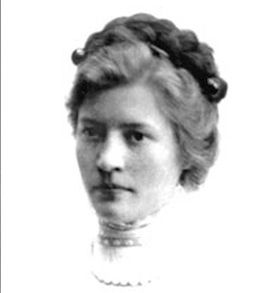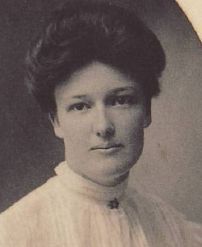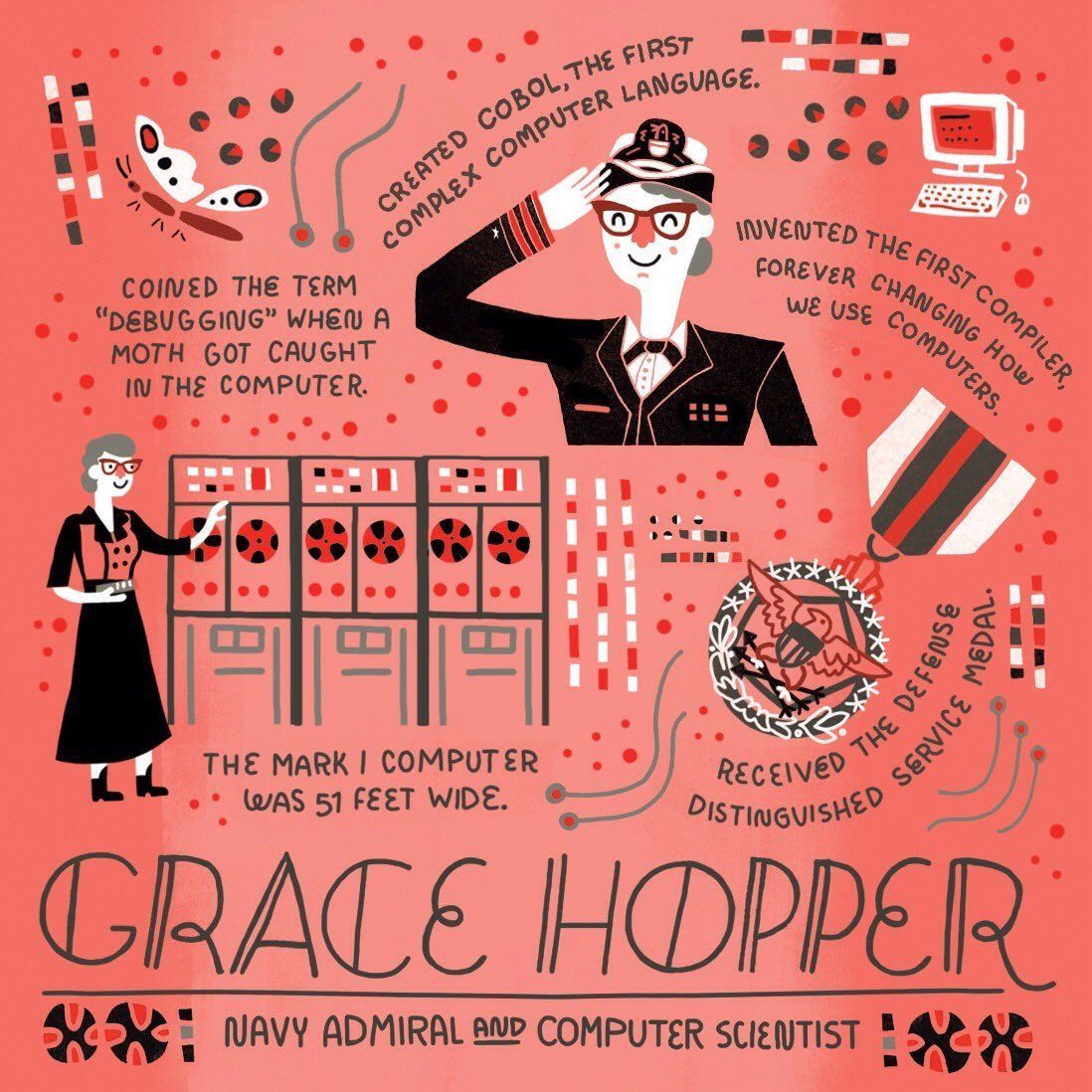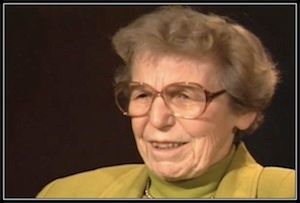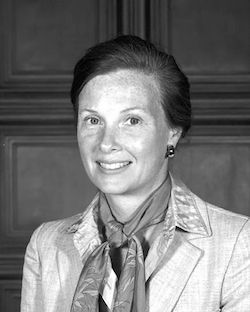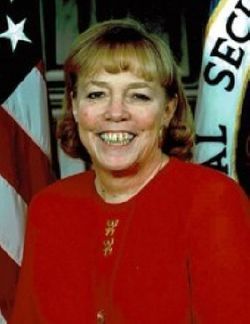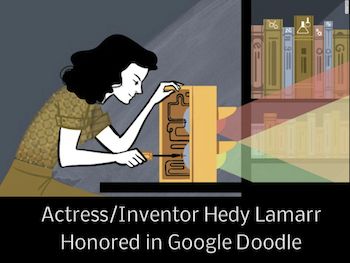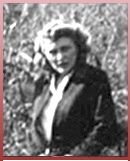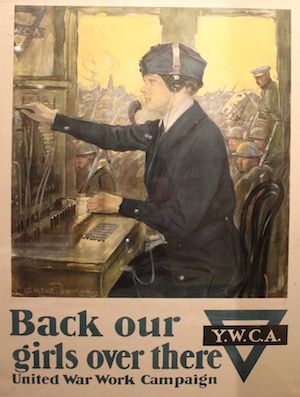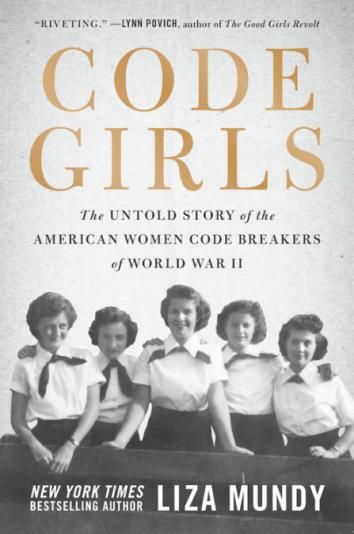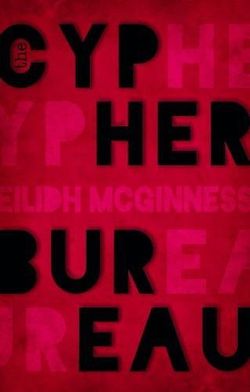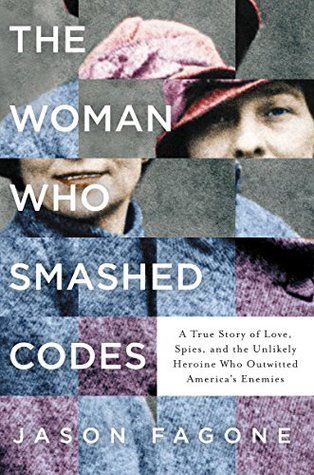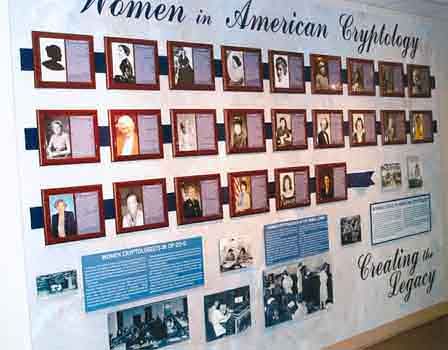Celebrating Female Cryptologic Pioneers
Recognizing the accomplishments of female pioneers and leaders in cryptology and related fields is a powerful tool for inspiring young women to consider science and technology careers. On this page you will find a selection of celebrated women in the field of cryptology and related fields. You will also find links for learning more.
A Selection of Female Pioneers in the Spotlight
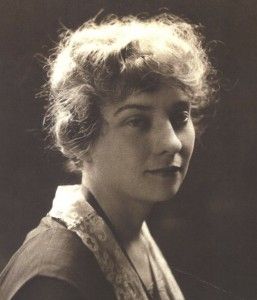
Elizebeth Smith Friedman (26 Aug 1892 - 31 Oct 1980) is often referred to as the wife of cryptologist William Friedman. However, this female pioneer in code breaking was actually the one to introduce him to the field. In January 2021, PBS aired a special documentary about Elizebeth Smith Friedman, based upon the book "The Woman Who Smashed Codes" by Jason Fagone. Click on the film ad below to learn more.
Elizebeth Friedman was a wife, mother, writer, Shakespeare enthusiast, cryptanalyst, and pioneer in U.S. cryptology. She enjoyed many successes in cryptology in her own right and has been dubbed "America's first female cryptanalyst." Although Elizebeth Friedman worked closely with her husband William as part of a team, many of her contributions to cryptology were unique. She was inducted into the NSA/CSS Cryptologic Hall of Honor in 1999. LEARN MORE about Ms. Friedman.......
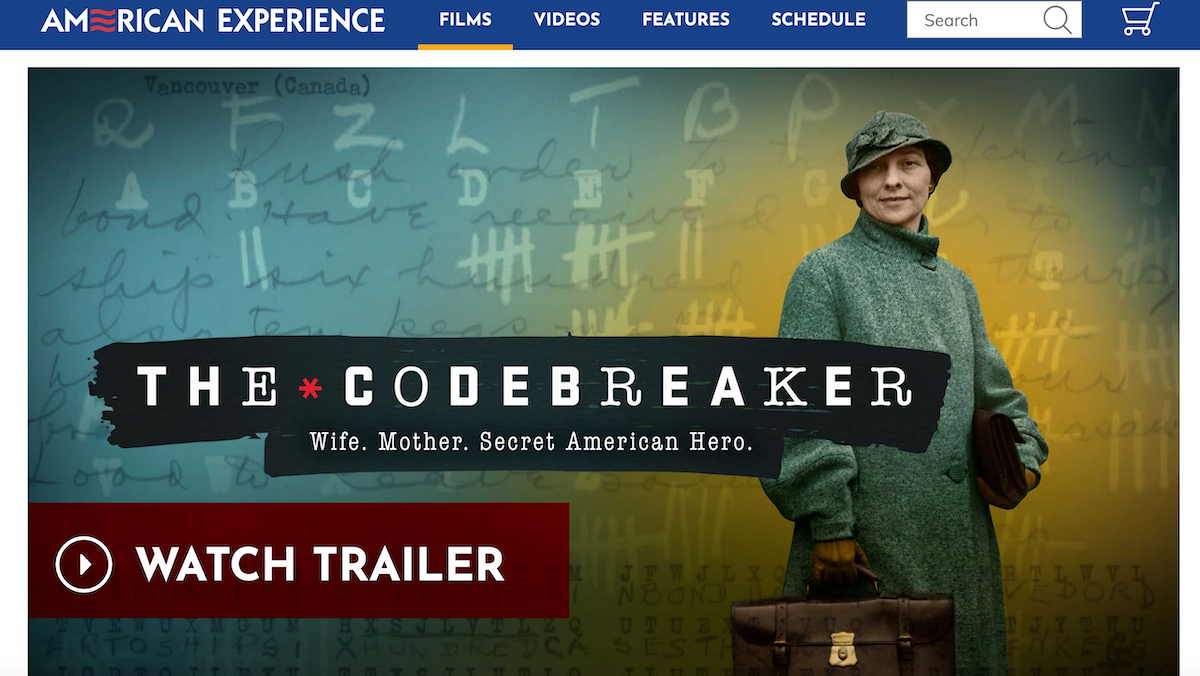
Visit the PBS site to watch the extended trailer about "The Codebreaker," a documentary film about Elizebeth Smith Friedman.
Agnes Meyer Driscoll (24 July 1889 - 16 Sept 1971) - Agnes Meyer Driscoll held degrees in mathematics and physics, as well as proficiencies in English, French, German, Latin, and Japanese. She was a pioneer cryptologist and a Navy code breaker. One Navy admiral described her as "without peer as a cryptanalyst." From solving codes and breaking Japanese naval systems, to developing new cipher machines and encouraging the use of tabulating machines for cryptanaysis, her accomplishments are inspirational. She was inducted into the NSA/CSS Cryptologic Hall of Honor in 2000. LEARN MORE about Ms. Driscoll......
Genevieve Young Hitt (1885-1963) - As a young Texas debutante, Ms. Hitt probably never suspected she would one day be described as "the U.S. Government's first female cryptologist."
She likely developed an interest in cryptology alongside her husband, Colonel Parker Hitt. Ms. Hitt demonstrated a clear knack for cipher work and aside from a brief visit to Riverbank Laboratories, was self-taught. She initially deciphered messages without salary and in 1918 became a salaried Army employee, performing code work for $1,000 per year. She has also been credited with assisting in the preparation and compilation of her husband's seminal work, Manual for the Solution of Military Ciphers, published by the Army in 1916. LEARN MORE about Ms. Hitt.....
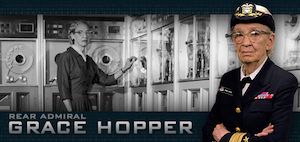
Grace Murray Hopper (1906-1992) - At the age of seven, she was already taking apart alarm clocks, determined to figure out how they worked. Often deemed "The Queen of Code," Grace Hopper was an American computer scientist and United States Navy rear admiral. A pioneer in the field, she was one of the first programmers of the Harvard Mark I computer in 1944, and invented the first compiler for a computer programming language. She popularized the idea of machine-independent programming languages, which led to the development of COBOL, one of the first high-level programming languages. She is credited with popularizing the term "debugging" for fixing computer glitches (inspired by an actual moth removed from the computer). Owing to the breadth of her accomplishments and her naval rank, she is sometimes referred to as "Amazing Grace." Please see below for links to articles and documentaries about Grace in the list of resources. You can also find a link to learn more about the creative illustrations of Grace by Rachel Ignotofsky located below. See an entertaining clip of Grace Hopper with Dave Letterman. You can also learn more about her contributions via this Cryptologic Bytes article. LEARN MORE.....
Ann Caracristi - (1921-2016) Ann Caracristi came to work as a cryptanalyst with the Army Signal Intelligence Service in 1942. She helped pioneer the application of early computers in cryptanalysis and established a laboratory for studying new communications phenomena. Her expertise and professionalism responding to tough intelligence problems brought her rapid advancement at NSA. In 1959, she was promoted to supergrade and in 1975, she became the first woman at NSA to be promoted to GS-18. She was the first woman to be named NSA Deputy Director in 1980. Also in 1980, she received the Department of Defense Distinguished Civilian Service Award, the DoD's highest civilian honor. Learn more about Ann via the article "Ann's War" written for the Center for Cryptologic History by David Sherman (see the link below in the articles section.) Ann was inducted into the NSA/CSS Cryptologic Hall of Honor in 2012. LEARN MORE about Ms. Caracristi.....
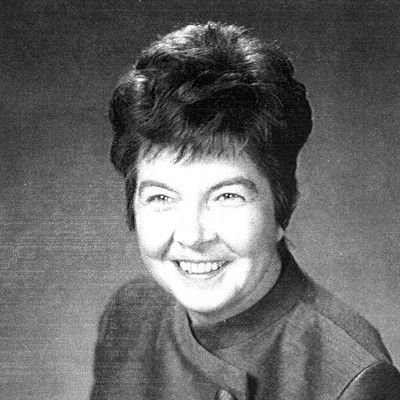
Juanita Moody ~ In early 1943, Juanita Morris, at a small college in North Carolina, wished to contribute to the war effort and volunteered at the nearest recruiting office. By April, she was at the Army cryptologic headquarters at Arlington Hall Station. While awaiting her security clearance, the Signal Security Agency (SSA) put her into unclassified training in cryptanalysis; she became fascinated with the subject.
At the end of the war, her supervisor asked her to stay on, rather than be demobilized, and she agreed. In 1948, she married Warren Moody, a noncryptologic employee. Ms. Moody supervised NSA's day-to-day -- sometimes, minute-by-minute -- response to the Cuban Missile Crisis as head of the major element responsible for Signals Intelligence (SIGINT) on that region. In addition to directing production and reporting, she frequently gave impromptu briefings to high-level civilian and military leaders. She often worked around the clock, grabbing only a few hours sleep on a cot in her office.
In the years following the Cuban Missile Crisis, Ms. Moody was assigned to higher positions within the production organization at NSA. She revolutionized SIGINT reporting, and put NSA into the White House Situation Room. However, in the mid-1970s, she was one of NSA's spokespersons during Congressional hearings and was incorrectly identified by the media as having been involved in intelligence community abuses.
Juanita Moody retired from NSA in 1976 after 33 years of service. The previous December she had become the first recipient of the National Intelligence Medal of Achievement, presented by then Director of Central Intelligence George Bush.
Please read the March 2021 Smithsonian Magazine feature "The Once-Classified Tale of Juanita Moody," (part of their Women Who Shaped History report) for much more information.
Sarah "Sally" Botsai started work at NSA in 1957 shortly after her college graduation. She continued her education eventually earning her Ph.D. in International Relations in 1972.
Dr. Botsai spent twelve years in Operations before she was selected as the first woman to serve as the NSA representative in the White House Situation Room. After her two-year tour in this position, she was asked to return as the Deputy Director of the White House Situation Room. She held this position until 1976. She was also the first NSA woman to attend the National War College from which she graduated in 1977.
Dr. Botsai received the Meritorious Civilian Service Award in 1976 and the Director's Distinguished Service Medal in 1998.
From "Women in American Cryptology" on the NSA website.
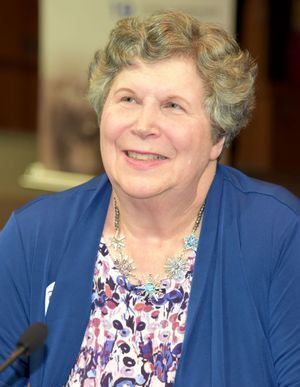
One of the Queens of Code - Ms. Eileen Buckholtz
Eileen Buckholtz was one of the first people hired as a computer scientist by the National Security Agency. Known as one of the Agency's Queens of Code - she helped bring graphical user interface systems (early word processors) to life. Eileen passed her passion along to new generations of computer scientists, working on the programming behind the first eReader. She is now penning STEM-themed children's books.
Learn more about the Queens of Code.
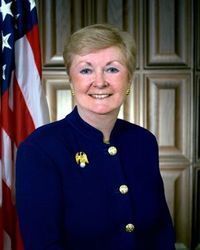
Barbara McNamara demonstrated extraordinary leadership qualities in advancing NSA’s mission, enhancing cooperation with other US agencies, and developing foreign partner relations. She began her career as a Chinese Linguist and served in several analytic, operational, and managerial positions at the National Security Agency (NSA). In 1994, she became the first woman to be Deputy Director of Operations, and in 1997 she reached the highest civilian position at NSA when she was named the Agency's Deputy Director. In 2000, she became the first woman to hold the position of Senior United States Liaison Officer to London. Ms. McNamara received several prestigious awards, and in June 2000, she received the Intelligence Community's highest award, the National Intelligence Distinguished Service Medal. Her achievements in senior positions have had a lasting impact in improving NSA’s operations and facilitating support with and by the Intelligence Community, making the nation significantly more secure. Ms. McNamara retired in 2003. She is now a Director on several company boards and is a consultant to the Institute of Defense Analyses. She was inducted into the NSA/CSS Cryptologic Hall of Honor in 2020. Read her Hall of Honor entry.
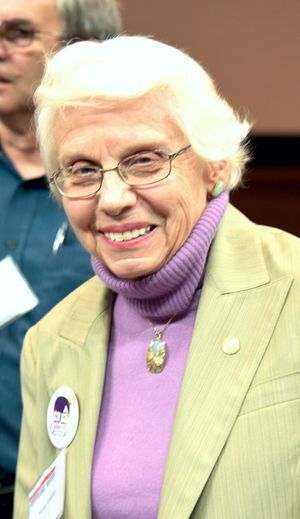
Dr. Nancy K. Welker is a physicist and nationally recognized expert in superconducting electronics. She was a pioneer in technology development in Maryland and nationwide. During her 55-year distinguished career with the National Security Agency (NSA), she led groundbreaking research in superconducting materials and integrated circuit manufacturing, which made it possible to develop a new generation of faster and more powerful computers. Dr. Welker earned an A.B. in physics in 1963 from Mount Holyoke College, and her M.S. and Ph.D. in physics from American University. She came to NSA in 1963, and worked there until her retirement in 2018. Dr. Welker was the first woman appointed as Chief of the Research and Development (R&D) group and is one of the Agency's Queens of Code.
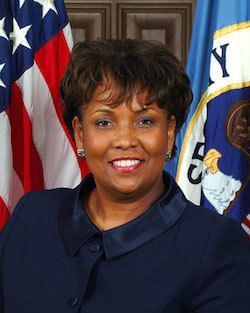
Ms. Debora Plunkett is a trailblazer with over 30 years of experience as a cybersecurity leader. Formerly, a Director of Information Assurance at the National Security Agency (NSA), she also served as a Director on the National Security Council at the White House for two administrations. Ms. Plunkett is currently Principal of Plunkett Associates LLC, a consulting business, a Senior Fellow at Harvard’s Belfer Center for Science and Technology, and an Adjunct Professor at the University of Maryland University College Graduate School in the Cybersecurity program. Check out our #CyberChats sessions with Ms. Plunkett from March 2021 and November 2020.
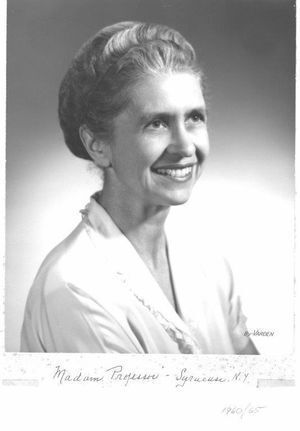
Eunice Russell Willson Rice was a pioneering U.S. Navy cryptologist. During WWII, she successfully broke Italian and Japanese codes. Her team degraded the Japanese Merchant Marine’s ability to move cargo between Singapore and Japan. She was inducted into the NSA/CSS Cryptologic Hall of Honor in 2022.
Rice’s father, Vice Admiral Russell Willson, a noted battleship commander, was also a cryptologist early in his career. In later life, Rice would demonstrate that his invention in 1917 of the Navy Cipher Box was the first operational strip cipher device used in the US Navy. Her research filled a historical gap, showing that the Navy Cipher Box played a crucial part in protecting communications during WWI.
Learn more via her NSA Hall of Honor page.
Lee Ellen Hanna - An alumna of the National War College, Lee became the first woman senior operations officer in the National SIGINT Operations Center before being promoted to the NSA’s senior executive level, including serving as deputy director of human resources and leading some of the agency’s most mission-critical organizations.
As part of her responsibilities, Lee briefed Presidents and addressed Congress, led several intelligence production organizations, chaired an NSA oversight panel on processes and management of the agency’s personnel office, and worked closely with U.S. intelligence partners. As one of few women in leadership roles in the agency, she was a supportive mentor to women at varying points in their careers. Her service was recognized with many honors, to include the Distinguished Civilian Service Award and the National Intelligence Distinguished Service Medal.
Sadly, we lost Lee in January 2021. Learn more about her life and career via her page in our In Memoriam Registry.
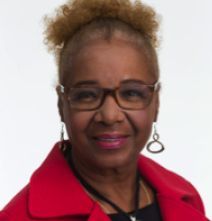
Dr. Loyce Pailen, a doctor of management and senior director of the Center for Security Studies at University of Maryland Global Campus (UMGC), has more than 35 years of experience in information technology, including work in cybersecurity, software development, project management, telecommunications, risk management, and network and systems security and administration. She has held director-level information technology positions at the Washington Post, Graham Holdings, UMGC, and as a contractor at Computer Sciences Corporation for the Defense Cyber Investigations Training Academy (DCITA) of the U.S. Department of Defense.
Dr. Pailen has provided project leadership for instructional design and subject-matter expertise for major graduate, undergraduate, and community college information systems security curriculum development projects. In addition to her work in the field, Dr. Pailen is the author of “Super Cybersecurity Grandma,” a fabulous book series that introduces children to cybersecurity and online safety. Her series has helped to educate children around the world about topics related to cybersecurity.
Check out our February 2022 #CyberChats session with Dr. Pailen.
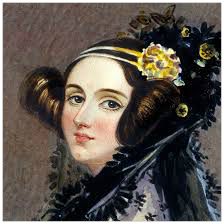
Ada Lovelace (Augusta Ada Byron, Countess of Lovelace) - (1815-1852) The daughter of famed poet Lord Byron, Ada Lovelace was a gifted mathematician and is credited with having written instructions for the first computer program. While translating an article for Charles Babbage about Babbage's engine, she added her own notes and ideas which ended up being much longer than the original article. In her article, she described how codes could be developed to handle letters and symbols, as well as numbers. She also theorized a method for the device to repeat a series of instructions, a process now known as looping. She contributed many forward-thinking concepts in her article and for her work is considered the first computer programmer.
Though her work was published, she only signed it with her initials and the article received little attention at the time. Her contributions to the field of computer science were not discovered until the 1950s. Since then, Ms. Lovelace has received many posthumous honors for her work. In 1980, the U.S. Department of Defense named a newly developed computer language "Ada," after Ms. Lovelace. Each year Ada Lovelace Day is celebrated internationally in October to recognize the achievements of women in science, technology, engineering and maths (STEM).
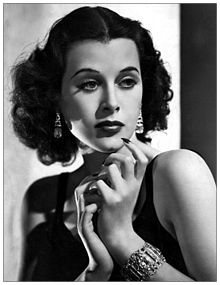
Hedy Lamarr (1914-2000) - Well known for her role as a movie star and a beauty icon, Hedy Lamarr is less well known for her invention of spread spectrum technology. By manipulating radio frequencies at irregular intervals between transmission and reception, the invention formed an unbreakable code to prevent classified messages from being intercepted by enemy personnel. Needless to say, this achieved great things for U.S. military ships, but it also served as a basis for modern spread-spectrum communication technology, such as Bluetooth, COFDM (used in Wi-Fi network connections), and CDMA (used in some cordless and wireless telephones). Learn more in this article about Ms. Lamarr.
Also - in case you missed the Google Doodle celebrating Hedy Lamarr - check it out here. There is even an animated version of the inventor!
Wilma Davis (1912-2001) - With a degree in mathematics and a Navy correspondence course on cryptology, Wilma Davis was hired to work in the Army's Signal Intelligence Service in the late 1930s. Her first assignment was with the Italian diplomatic codes, which she exploited until 1942 when she transferred to the Japanese problem. Within two years, she was the head of the department that solved and processed intercepted Japanese Army code messages. At the end of the war, she moved on to the Chinese team and then to the Venona Project trying to break Soviet messages.
Visit Ms. Davis's page in our In Memoriam Registry for more information about her.
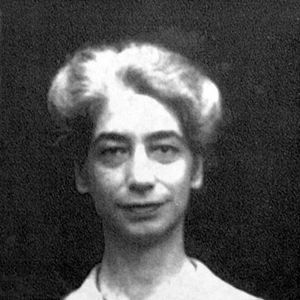
Dr. Julia Ward
Dr. Julia Ward joined the Signal Security Agency, the Army's cryptologic organization, during WWII. She worked to build a library of classified and unclassified resources to aid agency analysts. Her leadership turned the poorly organized reference section into a highly respected organization. Ward thus became the founder and chief of Central Reference. She later became head of the Collateral Branch, becoming the only female branch chief in the Office of Operations. Dr. Ward later became deputy chief of NSA's Liaison and Foreign Operations Section. By 1961, she was promoted to deputy division chief. Dr. Julia Ward was inducted into the NSA/CSS Cryptologic Hall of Honor in 2002. Click to learn more about her Hall of Honor page.
US Navy WAVES
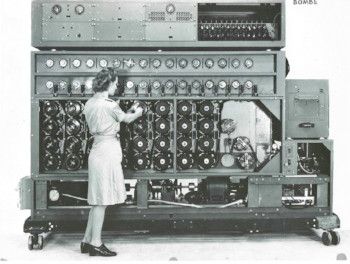
WAVE with US Navy Cryptanalytic Bombe
Navy WAVES (Women Accepted for Volunteer Emergency Service) worked day and night helping to solve German Enigma messages during World War II.
About 600 of these patriotic women joined the Navy starting in 1943 to help build and work on 121 U.S. Navy Cryptanalytic Bombes that would solve the four-rotor problem persisting in the Atlantic. The project and their job was so secret, it was said they did not even know the exact function of these 2 1/2 ton machines. Because of the secrecy of the work going on, WAVES at the National Cash Register Company (where the machines were built) had to show their identification to the Marines standing guard to enter the room to which they were assigned.
WAVES were never told implications of their work, nor the activities going on in other rooms or work spaces. They were not allowed to discuss their work with anyone outside their specific assignment. The WAVES kept the secret. Serving their country as nobly and proudly as anyone, they helped solve Enigma and win the Battle of the Atlantic.
The Hello Girls
We salute the “Hello Girls.”
Communication, in this case telephone lines, are crucial to planning and coordinating military campaigns. In World War I, men of Army’s Signal Corps constructed telephone lines along the front, but proved lacking as operators. Professional telephone operators were needed to connect the calls between major entities of the Allied effort, working even on the “fighting lines.” The Army turned to the professional women operators in the United States. Not only were these women expected to be experienced telephone operators, they also needed to speak both English and French since many of the American phone lines connected with the French lines. These professional female operators became the first American women to serve in an official capacity in any sort of combat role in the U.S. military. The women’s bravery and excellence in the American Expeditionary Forces advanced the boundaries of women in the military and paved the way for increased participation in future conflicts. Click here to read the NPR book review of "The Hello Girls: America's First Women Soldiers," by Elizabeth Cobbs.
Learn even more in the NSA article, “Women Telephone Operators in World War I France.”
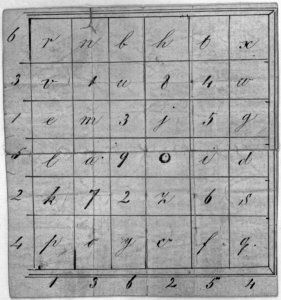
Cipher used by Elizabeth Van Lew with Union Commanders. Click the link to visit this item's listing in the NYC Library's Digital Collection.
Civil War abolitionist and spy, Elizabeth Van Lew, used the cipher pictured here to send messages to Union commanders.
Info below is from the American Battlefield Trust.
.... In December 1863, General Benjamin Butler heard of Van Lew’s aid in helping escaped Union Soldiers. He recruited her as a spy for the Union army. Throughout the war she amassed a spy network of 12 people, both black and white, to help her collect information from the Confederates to bring to the Union...
Elizabeth’s efforts during the war gave her acknowledgment from General Ulysses S. Grant and a small stipend for her efforts. However, this stipend did not cover the costs she endured during the war. In addition, she never recovered her social standing and she was branded as a “spy” and a “traitor” by the high-class she had used to associate with. Many labeled her as “crazy,” “eccentric,” and “mad,” which garnered her the nickname “Crazy Bet” later in life and in death...
After the war she became Postmaster of Richmond during Grant’s presidency from 1869-1877. With this office, she promoted progressive ideas like Women Suffrage and Civil Rights. Throughout her tenure, she hired many African Americans and women to posts previously held by white men. From 1883-1887, she was a clerk in the postmaster’s office, but quit when she was demoted and paid less than men in a similar position. She died in 1900 but leaves behind a legacy as an effective spy and an essential asset to the Union Army.
Click here to learn more about Ms. Van Lew via the American Battlefield Trust.
Books about Female Code Breakers
Related Articles & Videos about Female Pioneers
-
This article (published in 2020) in "Her Mind Magazine" features several of the NSA "Queens of Code."
-
Stories of NSA's Computing Women.
-
This article by Dena Lombardo for the National Archives News (published March 2020) reviews an event hosted as part of the Know Your Records Program during which archives specialist Cara Moore Lebonick took the audience through the process of tracking down “Code Girl” personnel records at the National Archives at St. Louis. If you happen to be searching for records related to a "Code Girl" - Lebonick said having the name, maiden name, date of birth, employing agency, and location of employment can facilitate the search for Code Girl archives. Requests can be emailed to STL.archives@nara.gov. Click the article title to view the article online.
-
One Woman's Journey to the Codebreaking Victory Over Japan
-
Smithsonian Magazine article by Liza Mundy, September 2018: At the height of the Cold War, America’s most secretive counterespionage effort set out to crack unbreakable ciphers. For nearly 40 years, women code breakers helped identify those who passed American and Allied secrets to the Soviet Union during and after World War II. Their work unmasked such infamous spies as the British intelligence officer Kim Philby, the British diplomat Donald Maclean, the German-born scientist Klaus Fuchs and many others. They provided vital intelligence about Soviet tradecraft. Their work was so highly classified that President Harry Truman likely did not know about it.
-
Oct 2017 Smithsonian Magazine article primarily featuring how Liza Mundy's book documents the triumphs and challenges of more than 10,000 women who worked behind the scenes of wartime intelligence
-
Article by Katherine Hafner for The Virginian-Pilot, 14 June 2020: Edith was 20 and in her senior year when she received a summons from the Navy, which had been seeking women with good math and language skills for its new WAVES unit — Women Accepted for Volunteer Emergency Service. Soon she was staying in a brownstone in Georgetown and training in cryptography.
-
At 94 years of age, Helen Andrews tells her story of being a very young codebreaker at Bletchley Park during WWII. She recalls what inspired her to want to serve her country in this way and recalls the work as amazing, important, and fun.
-
23-year-old British secret agent Phyllis Latour Doyle parachuted into occupied Normandy to gather intelligence on Nazi positions in preparation for D-Day. She secretly relayed 135 coded messages to the British military before France's liberation in August, and used the knitting she carried as a way to hide her codes. For seventy years, Doyle's contributions to the war effort were largely unheralded, but she was finally given her due in 2014 when she was awarded France's highest honor, the Chevalier of the Legion of Honour. Click on the article title to learn more.
-
Learn about a small group of women, members of the Goucher College class of 1942, who were known as WAVES—Women Accepted for Voluntary Emergency Service. Many of these Goucher students, along with selected students from the class of 1943, went on to work on the top secret mission of decoding the complex German Enigma code machine. Their work directly contributed to the Allied victory in Europe in World War II.
-
In this March 2019 article for "Geospatial World" - Aditya Chaturvedi states that "Women hold up half the sky." The article takes a look at the women whose brilliance, rigorous research, meticulous approach, and unparalleled leadership has played a seminal role in the development of geospatial intelligence and evolution of National Geospatial-Intelligence Agency (NGA).
-
Article by Lou Leto and Jen Wilcox of the National Cryptologic Museum as a guest post for the Smithsonian's Air & Space Museum website.
The Women in Cryptologic History exhibit at the National Cryptologic Museum highlights the contributions of twenty-four women who have helped create cryptologic history. Don't miss this inspirational exhibit when visiting the Museum or learn about the honorees via the NSA/NCM website.


